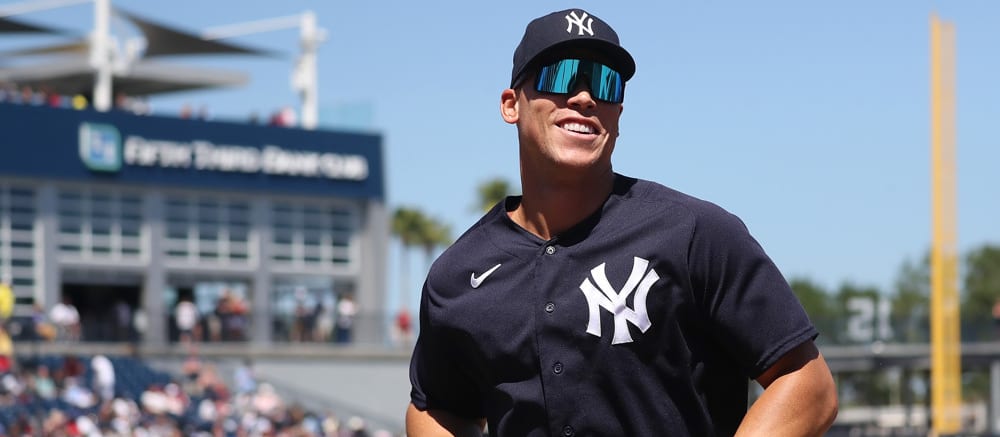Baseball is a timeless game -- both literally and figuratively. It is the only major team sport without a game clock. That, of course, allows for a trailing team to theoretically come back and win at any point until the 27th and final out is tallied. It also often caused a game to take around four hours to complete, having almost nothing to do with the action on the field.
Major League Baseball has since made some rule changes in order to keep up with the times, and try to shorten the amount of time an MLB game takes. The number of mound visits per game and the length of each visit were capped; Relievers were forced to face at least three batters, unless their appearance was the end of an inning; Intentional walks did not require four actual pitches to be thrown any more. Unfortunately, none of these changes made any notable impact on the length of MLB games.
But this season, that all changed. Enter the pitch clock.
"In an effort to create a quicker pace of play, a 30-second timer between batters will be implemented in 2023. Between pitches, a 15-second timer will be in place with the bases empty and a 20-second timer with runners on base."
- MLB Competition Committee
The clock starts when the pitcher gets the ball and ends when he begins his motion. Batters must be in the box and alert to the pitch with at least eight seconds left on the pitch clock.
Further speeding up the process, the pitcher can only "disengage" twice during a single at-bat -- usually in the form of a pickoff throw to first, but it could also be simply a timeout or step off the mound. On the third disengagement, the base runner gets to advance, unless he was picked off.
The addition of the pitch block is a raging success thus far. This time last season, the average nine-inning MLB game took 3 hours and nine minutes to complete. Thus far in 2023, MLB games are clocking in at an average of 2 hours and thirty-seven minutes.
More importantly, it has not resulted in less overall action. The pitch clock has simply condensed the game into a shorter window. That's 32 minutes less of batting glove adjustments, pitchers throwing over to first, and simply holding onto the ball are now gone.
MLB Players Get Per Hour Pay Increase
One ancillary benefit to the players is that they are effectively now making more per hour, thanks to the shorter MLB game. For fun, let's go on the fictional assumption that players only "work" during the game.
New York Yankees rookie Anthony Volpe has an annual salary of $720,000. Here is what he earns per hour with the pitch clock vs. what he would have earned without the pitch clock.
| No Clock vs. Pitch Clock | Hourly In-Game Earnings |
| Anthony Volpe No Clock | $1,410.93 per hour |
| Anthony Volpe With Pitch Clock | $1,698.51 per hour |
That's a reasonably large bump per hour for one of the lowest-paid players in the Majors.
It's obviously even more we perform this exercise for his teammate, Aaron Judge, who just signed a contract with an annual average value of $40 million.
| No Clock vs. Pitch Clock | Hourly In-Game Earnings |
| Aaron Judge No Clock | $78,385.25 per hour |
| Aaron Judge With Pitch Clock | $94,361.88 per hour |
Nice work, if you can get it! Of course, if anyone had a season to earn that much hourly pay, it's Judge and his AL record-setting 62 homers. You can bet on if he will be the 2023 home run leader again on any of the best sports betting sites today.
In reality, Volpe, Judge and every other Major League Baseball player gets to the ballpark and starts "working" hours before the actual game. They hone their craft for six weeks of Spring Training, plus all of the offseason workouts that start not much after the previous season has ended.
Any way you slice it, a half hour per game adds up to 81 hours of "work" time for anyone associated with these Major League Baseball games. Think about what you'd do with that much more time on your hands!





